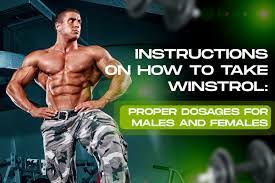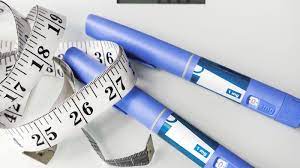Steroids, often a topic of controversy, hold a prominent steroids for sales place in discussions related to athletic performance, medicine, and body image. However, the complexities and misconceptions surrounding their use require a deeper understanding. This article aims to shed light on the reality of steroids, exploring their types, uses, associated risks, and prevailing myths.
Types of Steroids: Steroids encompass a broad category of compounds, with two primary classifications: corticosteroids and anabolic-androgenic steroids (AAS). Corticosteroids, like prednisone, serve as anti-inflammatory medications prescribed for various conditions, including asthma and arthritis. On the other hand, AAS, such as testosterone and its derivatives, are synthetic substances primarily associated with muscle growth and performance enhancement.
Medical Uses: Corticosteroids find widespread medical application due to their anti-inflammatory properties, aiding in the treatment of asthma, autoimmune disorders, and skin conditions. They serve as a valuable tool in managing various ailments, contributing significantly to improved patient outcomes when used responsibly under medical supervision.
Anabolic-androgenic steroids have legitimate medical uses as well, primarily in cases of hormonal imbalances, delayed puberty, and muscle-wasting conditions like AIDS. However, their misuse or abuse for non-medical purposes, especially in athletic and bodybuilding circles, has raised concerns.
Performance Enhancement and Misuse: The allure of enhanced physical performance and muscle growth drives some individuals toward misusing anabolic steroids. Athletes seeking a competitive edge or individuals aiming for rapid muscle gains may resort to these substances without proper understanding or guidance. However, this pursuit often comes at a significant cost.
Risks and Side Effects: The misuse of anabolic steroids poses substantial health risks. Adverse effects include cardiovascular complications, liver damage, hormonal imbalances, infertility, psychiatric disorders, and stunted growth among adolescents. Moreover, the quest for physical perfection through steroid abuse often leads to dependency and addiction.
Myths and Realities: Numerous misconceptions surround steroids for sales, contributing to their stigma. It’s crucial to dispel these myths to foster a more informed discourse. Contrary to popular belief, not all athletes use steroids, and their consumption doesn’t guarantee success. Additionally, the exaggerated portrayal of instant muscle gains overlooks the rigorous training and discipline essential for achieving athletic prowess.
Conclusion: Steroids, when used responsibly under medical supervision, offer valuable therapeutic benefits. However, the misuse of anabolic steroids for sales for non-medical purposes poses severe health risks and ethical concerns. It’s imperative to promote education, awareness, and responsible usage to safeguard individuals from the adverse effects associated with their misuse. Ultimately, an informed approach and a holistic understanding of steroids are vital to navigate their complexities and mitigate potential harm.




